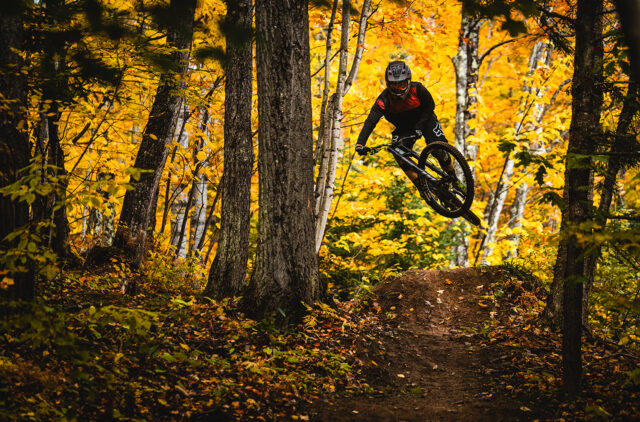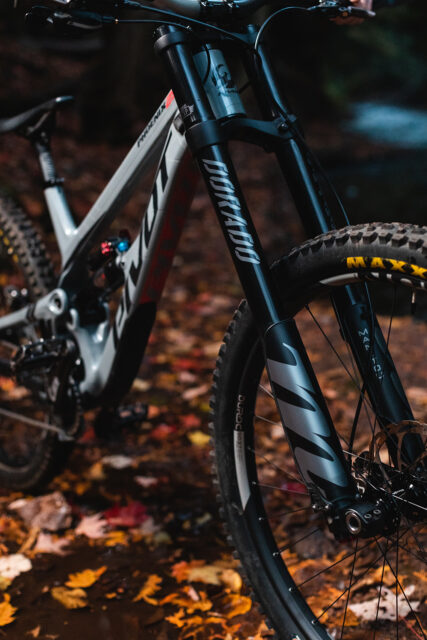
The first-generation Manitou Dorado turned a lot of heads more than 20 years ago, thanks to its inverted layout and wild-looking carbon chassis. The just-released, fourth-generation Dorado is a major update to what Manitou calls “the longest-standing inverted downhill fork” — including a return of the carbon chassis, after more than a decade hiatus. But there’s a whole lot more going on, too, so we sat down with Manitou’s Phil Ott to discuss the past and present of the Dorado; the advantages and disadvantages of inverted forks; fork offset; and a whole bunch more.
TOPICS & TIMES:
- History of the Dorado (1:15)
- The new 4th Generation (Pro, Expert & Comp) (6:49)
- Why inverted? (18:13)
- Fore-aft vs. torsional stiffness (21:09)
- Fork offset (25:31)
- Upcoming projects from Manitou (40:21)
- Phil’s Big Idea (41:14)
RELATED LINKS:


Enjoyed the podcast. I really struggle to understand Manitou’s decision making process around offset, even more so after listening to his reasons. They’ve designed a 29″ fork to fit older DH bikes that have short reach and longer stems rather than bikes with more progressive geo, and want it to feel stable in high speed bermed corners, even if that means it struggles to turn or work properly on slower speed trails. And from what he said, it’s not suited at all to putting one on an enduro rig or DH bike with a longer reach. Why don’t they just sell a different set of 29″ crowns in the offsets that everyone wants and is buying? Really odd, I don’t get it. Rulezman made a 47mm offset 29″ crown for his Dorado video, so it can obviously be done. I’ll be steering clear of putting one on my G1 until they decide to make an option for a 29 crown with a shorter offset. On the other hand, as a podcast interviewer, you asked great questions to get that info out of him, and also broke down his technical speak and acronyms like HBO, IFP, etc etc into how that translates into a riding experience, and also spoke to how that differs to your experience riding different offsets on your G16. Nice work.
As long as your HT and headset combined length are <124mm, you can run the flat 27.5"/47mm offset crowns, with the crowns repositioned on the fork sliders. If your HT+HS is too long, then short offset 29" is a no-go.
And agreed, their decision to run 57mm offset on the 29" version is a bit baffling to me.
I don’t get it. Is Manitou arguing against the common understanding of offset and how it affects the steering?
I’m running the Pro with 47mm offset crowns on my pivot Phoenix just fits ! Amazing fork ! Heads above the rest !